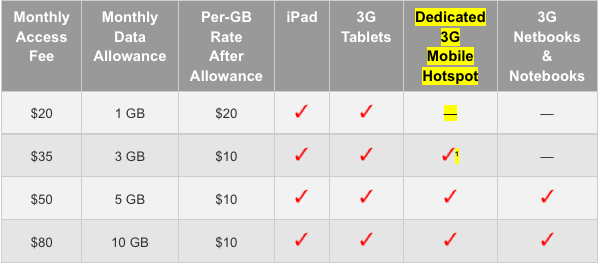Here’s a great article by Phillip Redman posted on Gartner Inc’s blog, in which he explains that it’s a good idea for enterprises to support multiple devices and operating systems, since as he puts, “…in reality, there is no alternative.” Here’s the entire article (or click the link in the previous sentence to view the original). Great insight Phillip!
Managing Mobility Conundrum
by Phillip Redman – June 14, 2010
Last week I spent a lot of time with user clients going over some of their main business issues relating to mobile networks and the enterprise. At each meeting, the most burning question was not related specifically to technology, but how to manage the ever expanding number of mobile and wireless platforms and services. In the past year, in North America, U.S. businesses have seen an influx of devices, especially the iPhone. iPhone, though not a corporate standard is a mile wide, but an inch deep at U.S. companies. But adoption is growing and iOS4, and the ability to manage it better will only increase the pressure CIOs feel to support this platform. BlackBerry, the ultimate managed device, is under attack from at least two fronts–iPhone and later this year Android platforms. And decreasing BlackBerry marketshare in smartphones only proves the point (see: Market Share: Mobile Devices and Smartphones by Region and Country, 1Q10). Though the vast majority of companies want to support multiple platforms and service adoption strategies, they are struggling with policy and best practices.
I believe it makes sense for most companies to support a diversity of devices, since in reality, there is no alternative. No standard OS means no standard device. But it is key to create a framework of support and define the IT and user requirements for devices and platforms. Companies should review our managed diversity framework for guidance on this (see: Use Managed Diversity to Support Endpoint Devices, May 2010). Most companies should continue to support corporate liability in order to retain control over security, costs and the future direction of mobility in the enterprise (see: Companies Should Keep Control of Cellular Users Through Corporate Liability, January 2010) and develop policy that helps guide users and the company in supporting mobility.
The good news, there is an ever expanding set of enterprise tools and services to help companies manage mobility. As service price continues to decline, as device and network capability continues to increase–it is inevitable that for many business users, the mobile device will become the primary communications tool, if it hasn’t already. Now is the time to acknowledge and manage it.



